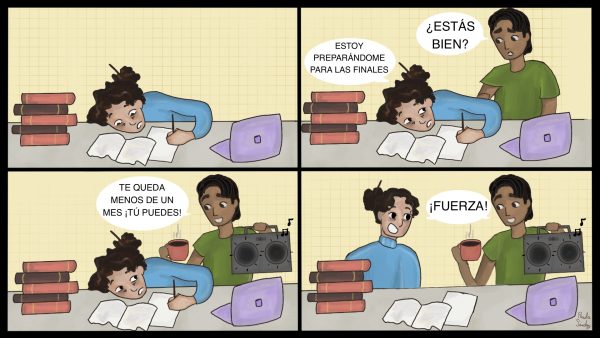Sexual harassment in the workplace is an epidemic
November 6, 2017
Ever since the New York Times broke the story of the sexual assault allegations against Harvey Weinstein, it’s as if the door to Hell has been propped open, and all the secrets are finally spilling out. The Oct. 5 article has seemingly, and thankfully, granted many the courage to step forward with their stories, whether or not they’re famous.
Even Fidelity Investments, whose CEO and president of Personal Investing are women, has been exposed as a cesspool of sexist bullying and harassment, according to an Oct. 24 Washington Post article. Also, Michael Oreskes left his position as chief of News for National Public Radio Nov. 1 after two women came forward and claimed Oreskes—then the Washington bureau chief of the New York Times—kissed them in the middle of interviews in the 1990s, and another allegation from a woman followed.
But we must remember that Weinstein, Oreskes or even the male employees at Fidelity Investments were not the first men to make unwanted sexual advances on working women or men, including Anthony Rapp, who alleged that actor Kevin Spacey attempted to sexually assault him when he was 14 years old. Even the most vile stories that have come out in the last month are only a small fraction of a larger number of people who are sexually harassed and assaulted and left with lasting emotional scars.
Sexual harassment can include unwelcome sexual advances, requests for sexual favors, and other verbal or physical conduct of a sexual nature when the conduct explicitly or implicitly affects an individual’s employment, unreasonably interferes with an individual’s work performance or creates a hostile work environment, according to Title VII of the 1964 Civil Rights Act.
It’s important that women who have faced this trauma are finally able to have the platform and remedies they deserve, but it’s also a stark reminder of how big the problem has been and continues to be.
In an Oct. 17 poll by ABC News and The Washington Post, of the 242 participating women who have experienced unwanted sexual advances in the workplace, eight in 10 say it rose to sexual harassment—which converts to about 33 million U.S. women being sexually harassed. The emotions associated with harassment include 83 percent who feel angry, 64 percent intimidated, 52 percent humiliated and 31 percent ashamed.
According to the Rape, Abuse & Incest National Network, effects of sexual violence include depression, flashbacks and post-traumatic stress disorder. Sexual harassment victims of any form nationwide can struggle with these problems, whether or not someone else thinks a case is not severe enough to qualify as sexual harassment.
Weinstein’s offers to boost a woman’s career in exchange for sexual favors was harassment, and the physical contact he initiated was assault and, in some instances, a sex crime. Yet for years, Hollywood rationalized his actions as consensual and non-coercive.
Raising awareness of what sexual harassment and assault mean and how they can affect people is only a fraction of what we can do to help people who are facing these encounters.
The amount of strength it already takes women to keep their heads up and do the same jobs as their male counterparts is immeasurable. And for the women who have gone through the trauma of sexual assault in the workplace, there are no words that can describe their courage and resilience.








